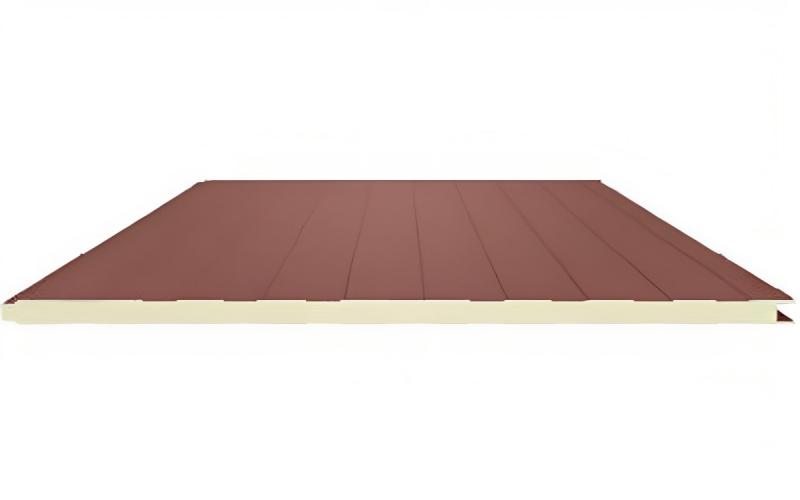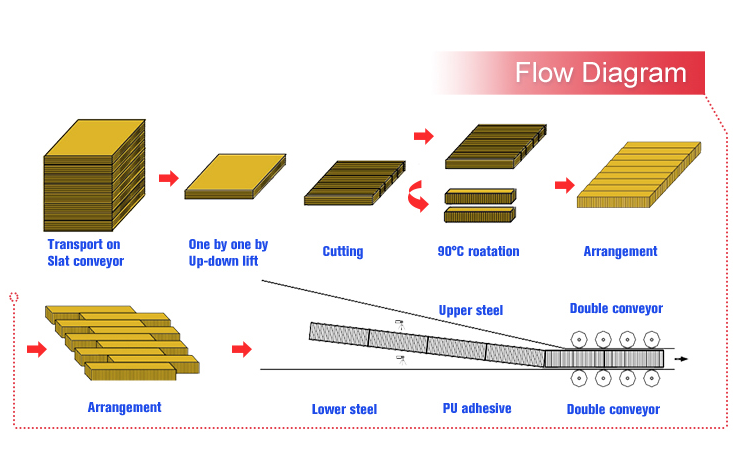Table of Contents

The Basics of PU and EPS Sandwich Panels
PU and EPS sandwich panels are two popular materials used in construction for various applications. Both types of panels are used to create insulation and are widely used in the building industry. However, there are some key differences between the two that make them suitable for different purposes. This article will explore the differences between PU and EPS sandwich panels in detail.
Composition and Material
PU, short for polyurethane, is a type of plastic material that is commonly used in sandwich panels. PU sandwich panels consist of two outer layers made of metal or other materials, with a layer of PU foam in between. The PU foam provides excellent insulation properties and is lightweight.
On the other hand, EPS, or expanded polystyrene, is a lightweight, rigid, and closed-cell insulation material. EPS sandwich panels are made of two outer layers and a core made of EPS foam. The EPS foam provides good thermal insulation and is known for its durability.
Thermal Insulation Properties
When it comes to thermal insulation, both PU and EPS sandwich panels offer excellent performance. However, there are some differences in their thermal conductivity. PU sandwich panels have a lower thermal conductivity compared to EPS panels, making them more efficient in terms of energy savings. This makes PU sandwich panels a preferred choice in areas with extreme temperature fluctuations.
Fire Resistance
Fire resistance is an important factor to consider when choosing sandwich panels for construction. PU sandwich panels have good fire resistance properties due to the presence of flame-retardant additives in the PU foam. These additives help slow down the spread of fire and minimize damage. On the other hand, EPS sandwich panels are less fire-resistant compared to PU panels. EPS foam is flammable and can contribute to the spread of fire.
Moisture Absorption
Moisture absorption is another aspect where PU and EPS sandwich panels differ. PU sandwich panels have a closed-cell structure, which means they have low moisture absorption properties. This makes them suitable for areas with high humidity or where water exposure is expected. EPS sandwich panels, on the other hand, have a higher moisture absorption rate compared to PU panels. This can lead to reduced insulation performance and potential damage if not properly protected.
Structural Strength
When it comes to structural strength, both PU and EPS sandwich panels offer good stability. PU sandwich panels have higher compressive strength and are more resistant to deformation. This makes them suitable for applications where load-bearing capacity is important, such as in roofing or flooring systems. EPS sandwich panels have lower compressive strength but can still provide adequate support for walls and non-load-bearing structures.
Installation and Cost
Both PU and EPS sandwich panels are relatively easy to install. They can be cut to size and adjusted to fit the desired dimensions. However, PU sandwich panels are usually more expensive compared to EPS panels due to the higher cost of the raw materials and manufacturing process. The overall cost may vary depending on the specific project requirements and the region.
Environmental Impact
Environmental impact is an important consideration in construction materials. PU sandwich panels are known for their energy-saving properties, which can contribute to reducing overall energy consumption in buildings. However, the production of PU foam involves the use of certain chemicals that may have environmental implications.
EPS sandwich panels, on the other hand, are considered more environmentally friendly as they can be recycled and are made from expanded polystyrene, which is a widely available and recyclable material. EPS foam can also be reused in various applications, reducing waste and environmental impact.
Applications
The choice between PU and EPS sandwich panels depends on the specific requirements of the project. PU sandwich panels are commonly used in cold storage facilities, industrial buildings, and commercial buildings where energy efficiency and temperature control are crucial. EPS sandwich panels are often used in residential buildings, warehouses, and non-load-bearing structures that require insulation and cost-effectiveness.
Conclusion
In summary, PU and EPS sandwich panels are two popular choices for insulation in construction. While both offer good thermal insulation properties, PU panels have lower thermal conductivity and better fire resistance. EPS panels, on the other hand, have higher moisture absorption and are more cost-effective. The choice between the two depends on factors such as the specific application, budget, and environmental considerations. Consulting with a professional is recommended to determine the most suitable option for your project.

